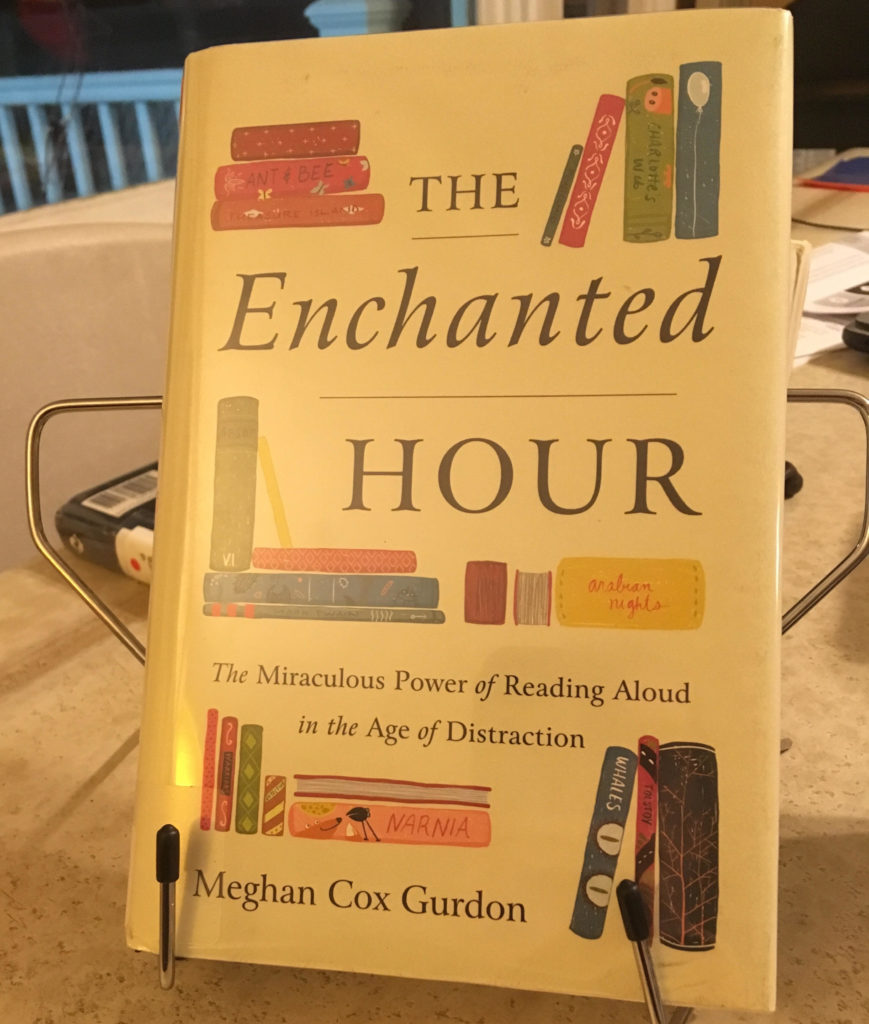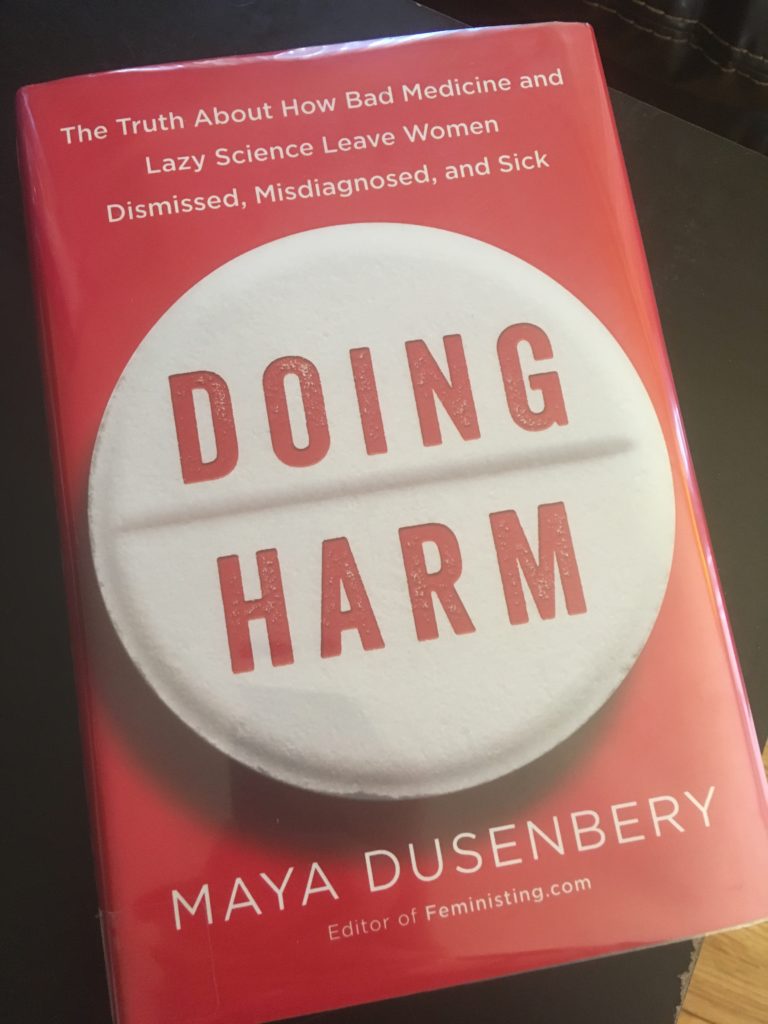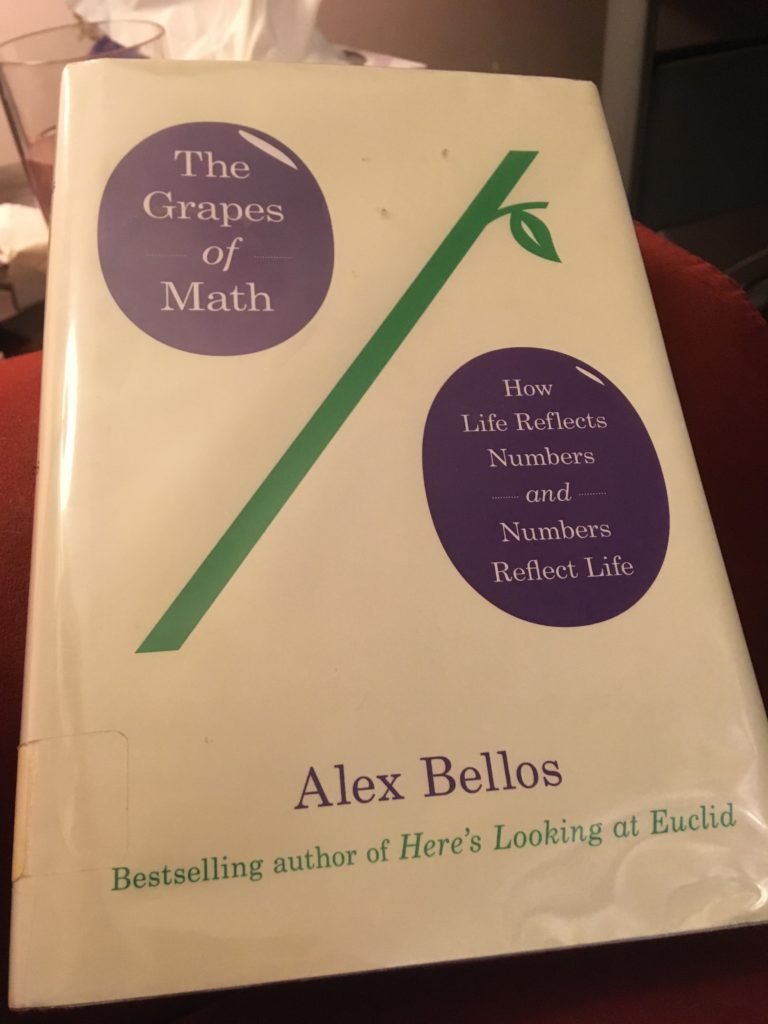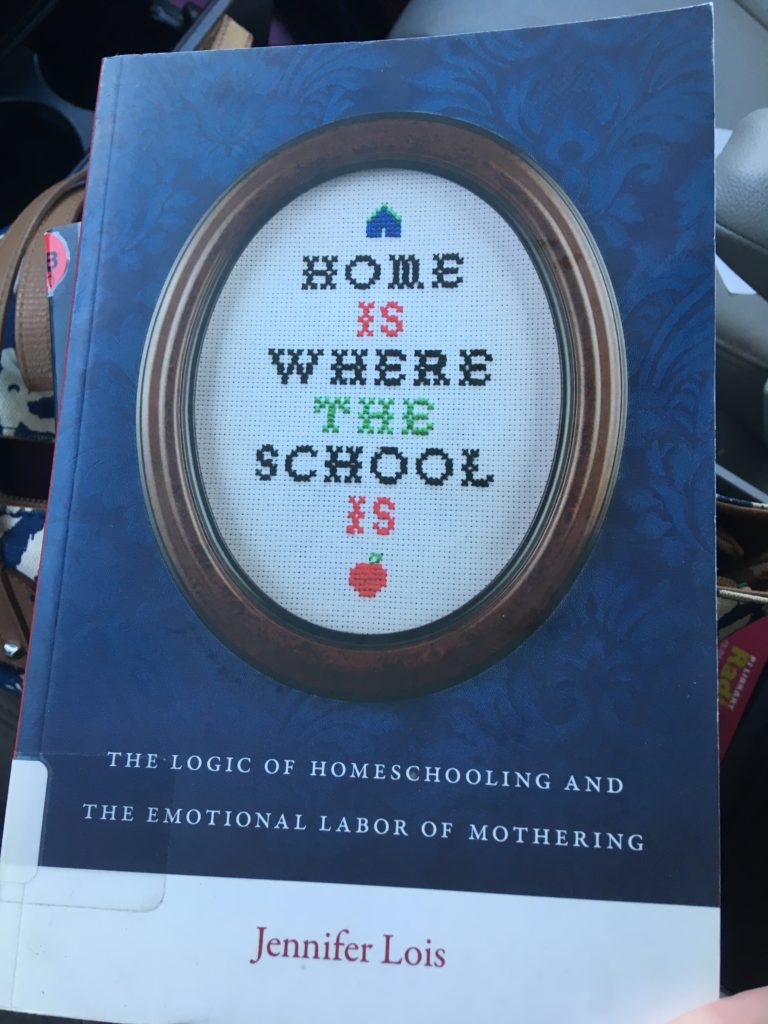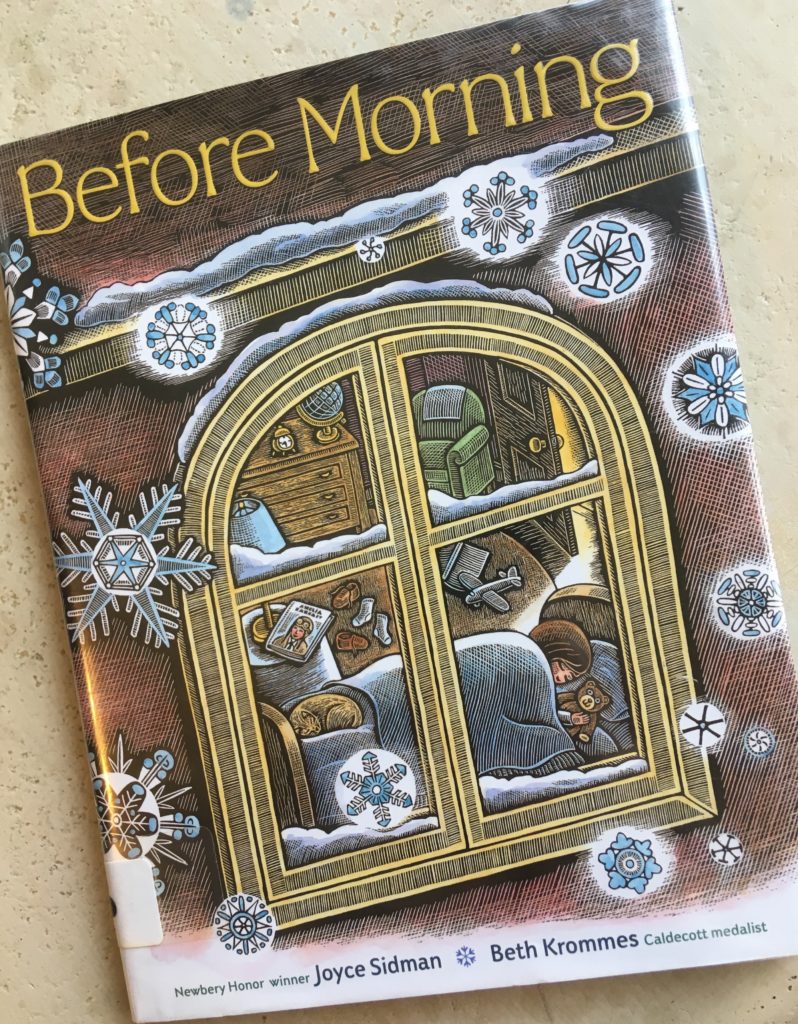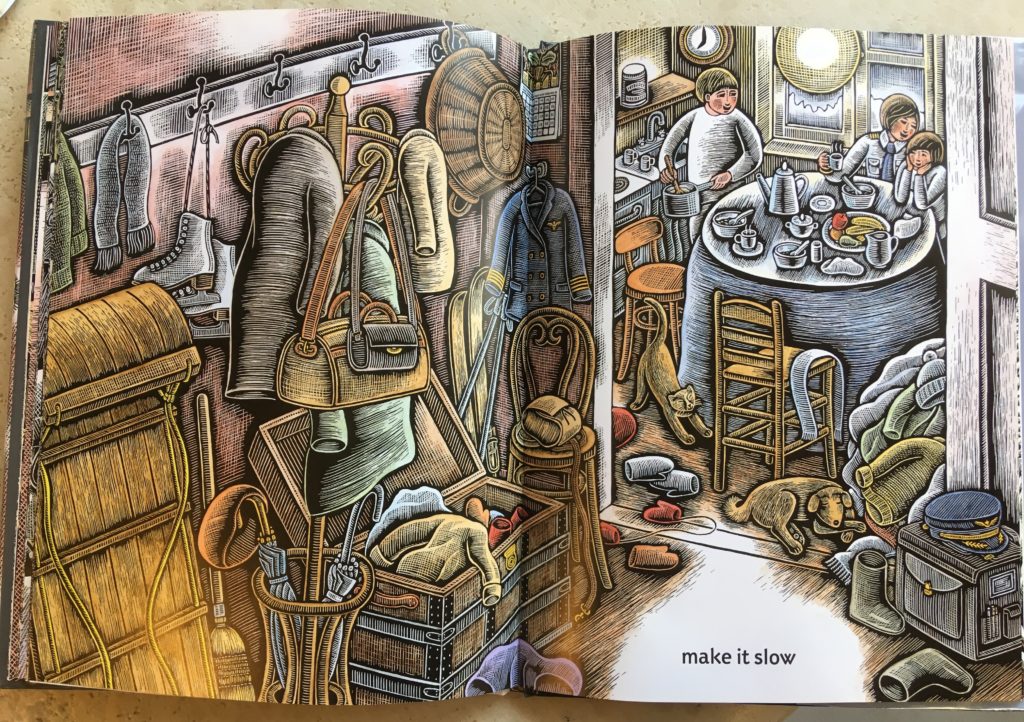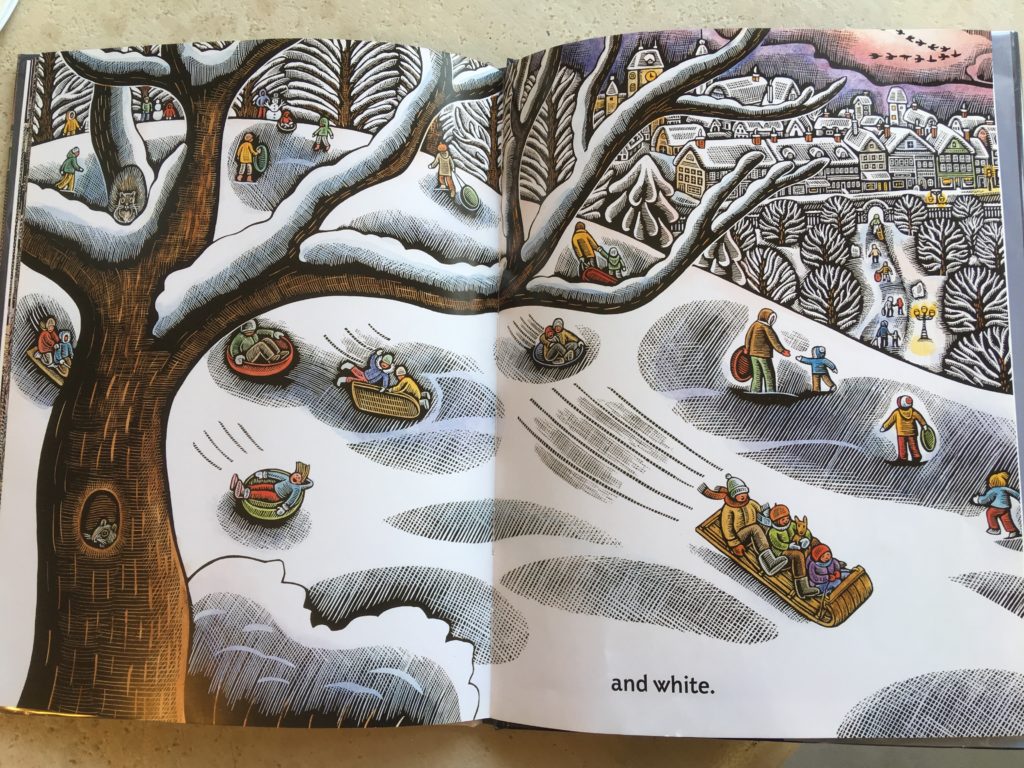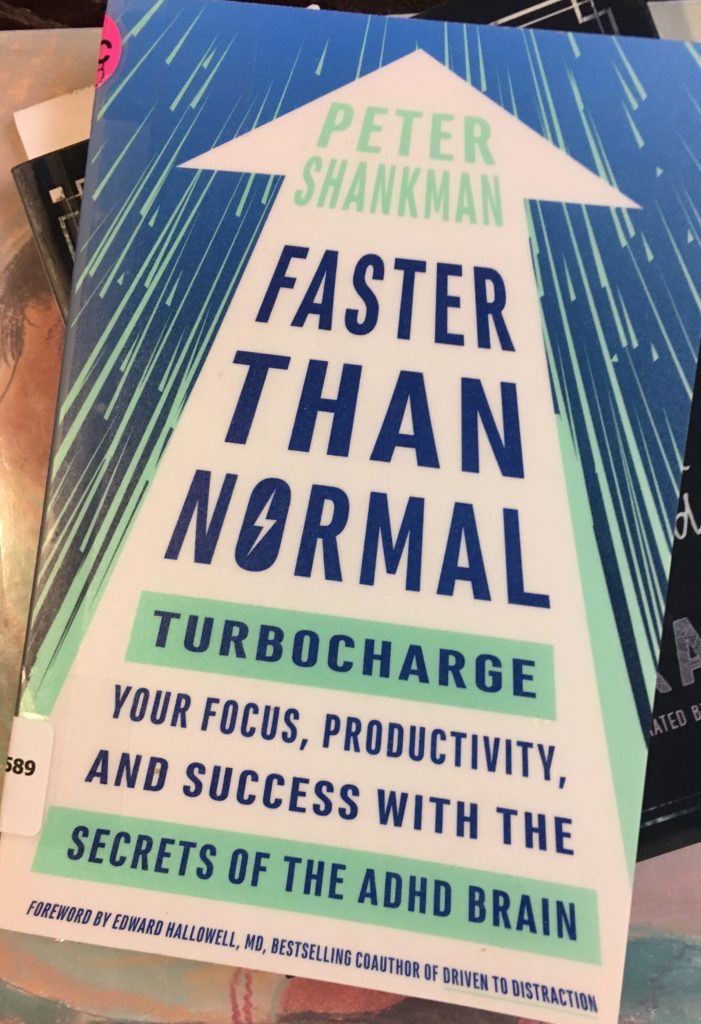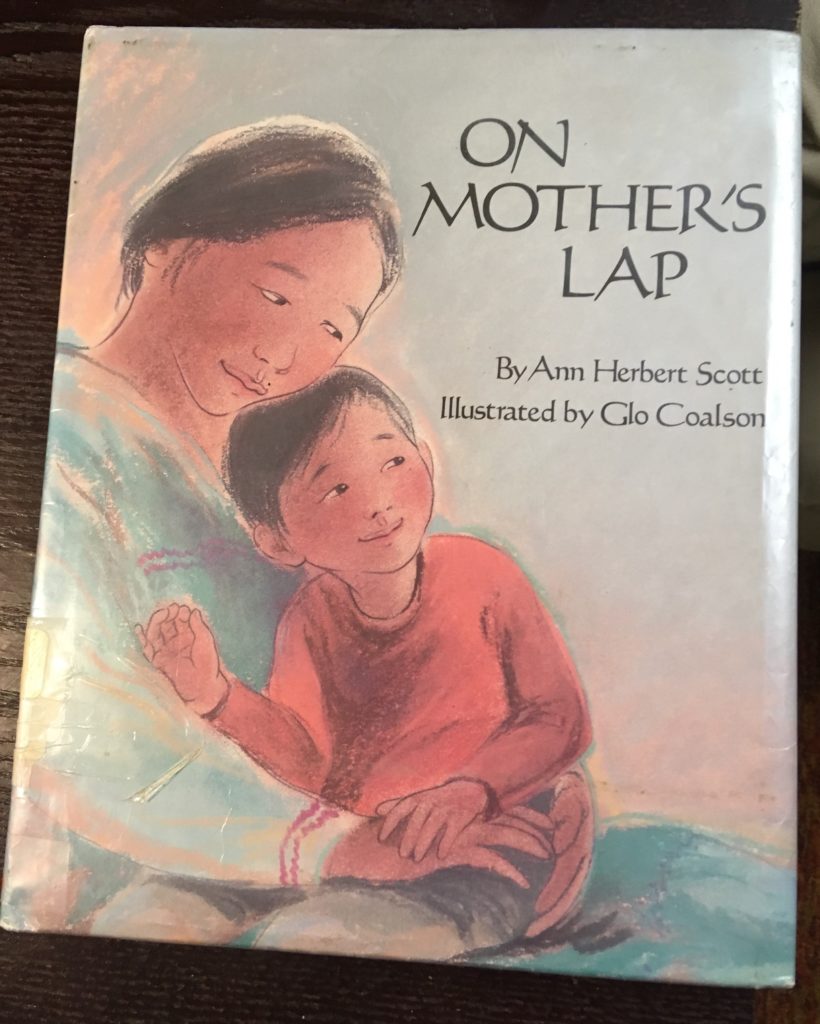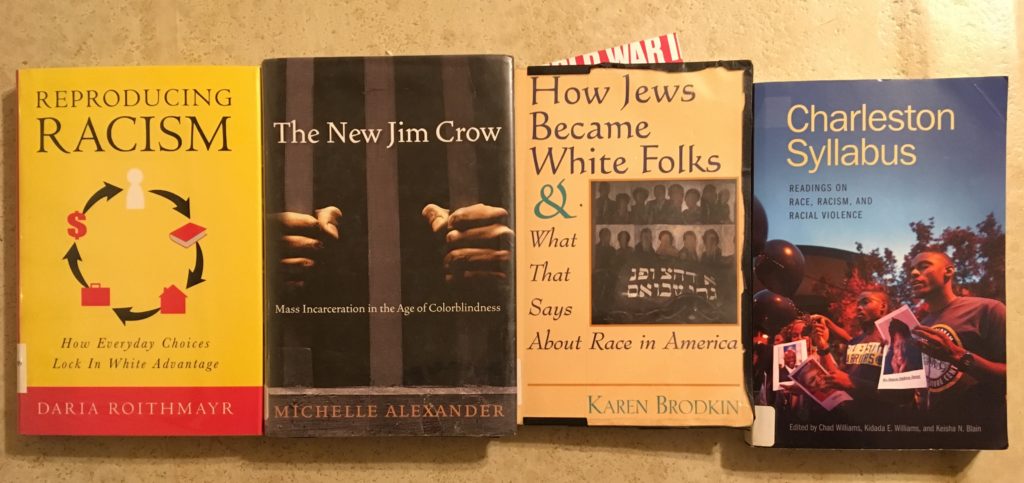Today we discuss the book I’ve read approximately 35 times a day for the last week: The Darkest Dark by Astronaut Col. Chris Hadfield.
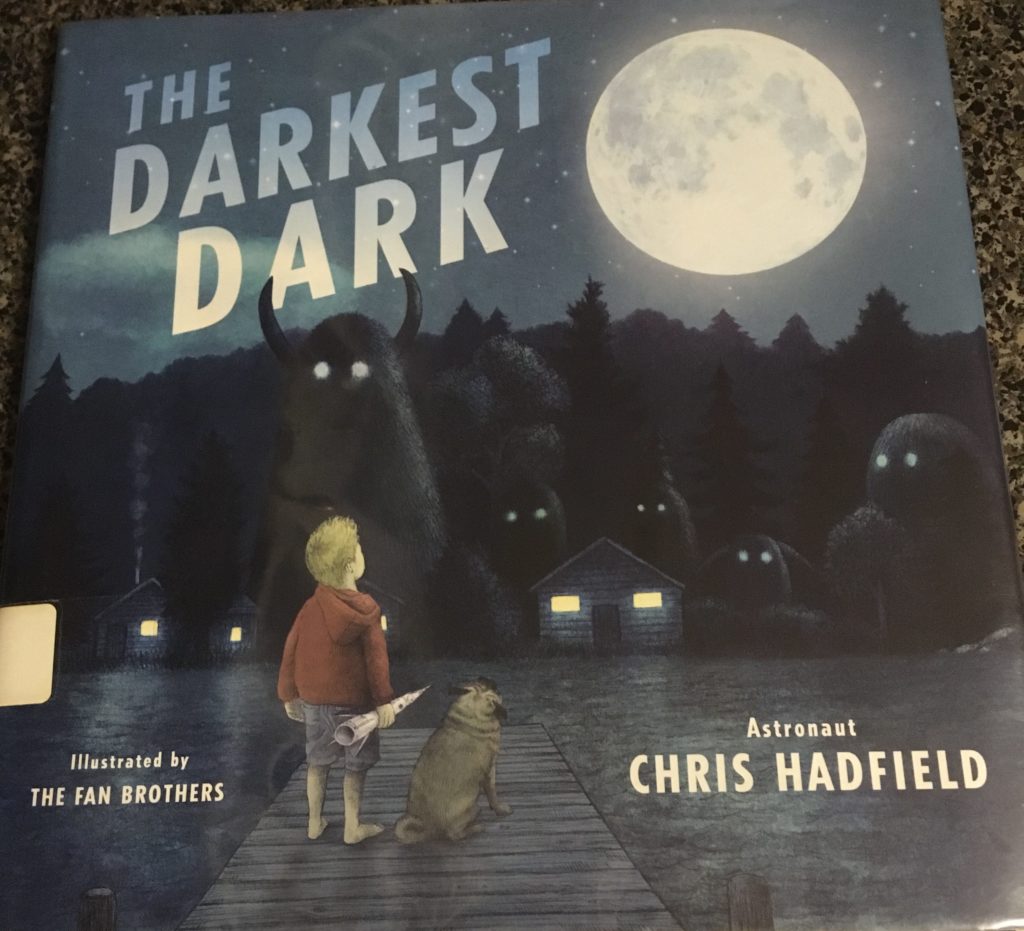
Did you know we’re in the 50th anniversary of the 1969 Moon Landing?? I’ll be honest; I didn’t. The anniversary of the launch was yesterday, July 16, with the anniversary of the landing on July 20th.
I didn’t plan to teach my toddler the moon landing, but here we are. #UnintentionalGoodParenting
I saw this book recommended on Instagram, maybe by Read Aloud Revival? I don’t think I really knew what it was about. But let me tell you, it was spot-the-hell-on for my life right now.
The day I picked this up from the library, I had been awake since 2am for the second time in two weeks with the 3yo. She’s developed a pretty serious fear of the dark, specifically robots in the dark. I myself struggled with this for a really, really long time, so I’m more than normally invested in doing it “right.” This page floored me because it was TOO REAL:
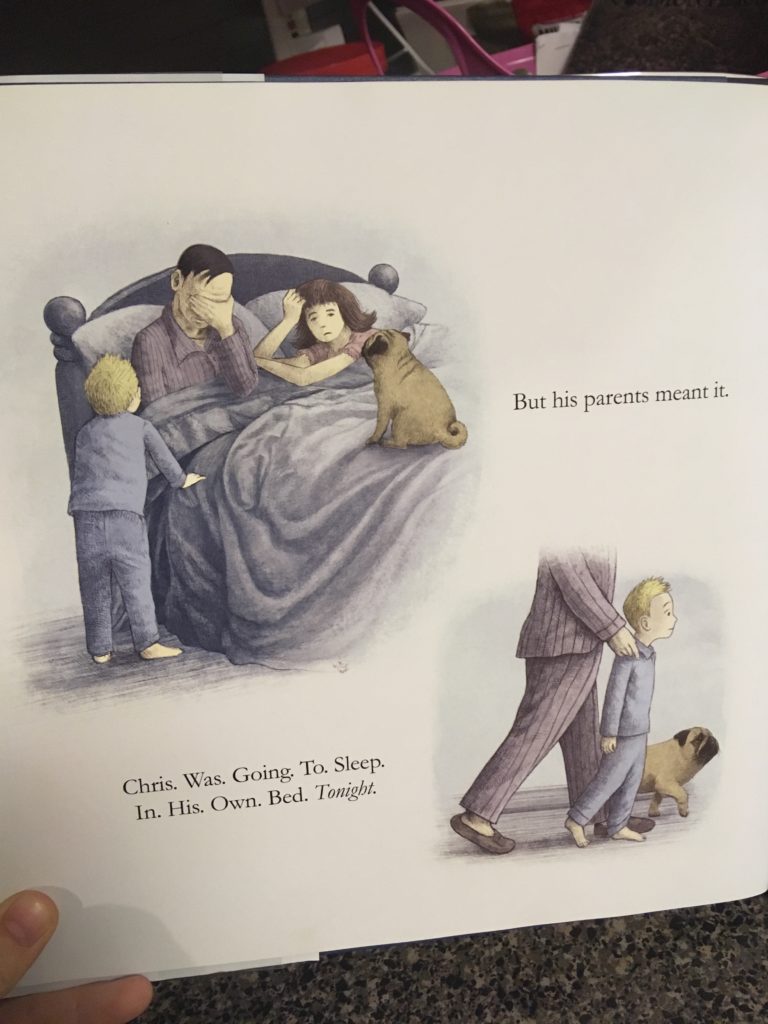
This book is about a family watching the moon landing in 1969, but it’s really about a little boy’s fear of aliens in the dark when he goes to bed and how the moon landing helps him overcome that fear. It has opened up so many good conversations about monsters in the dark with my 3yo, and while she is still struggling, I think this is really helping.
And bonus: it’s written by an actual astronaut. And includes a very cute pug named Albert. Only real downside I see is that every character appears to be white, but only one scene has people who appear to be outside the immediate family and they’re backlit in the dark in front of a TV screen.
